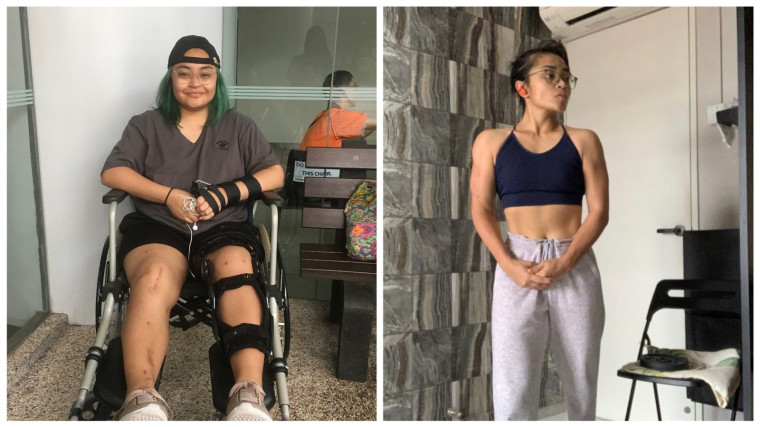|
Audio Version Available
|
Three years ago, Nur Asyiqin Mohamad Rahim, 26, jumped off the 16th storey of a building.
She survived.
Asyiqin, or Ash, as her friends call her, woke up in the Intensive Care Unit (ICU) with broken bones, a neck brace, and her arms strapped to the bed.
“It was like a dream, a very hazy one. I remember walking but it was like a third person view. I just saw this person – I knew it was me – walking towards the ledge of the staircase landing. I don’t remember hesitating when I jumped.”
“I woke up from a medically induced coma after surgery, with seven pieces of metal in my legs, a neck brace, and I was tied to the bed. I was very confused. There was a police officer who came to check on me so I asked ‘what happened?’ and he said ‘you attempted suicide. You jumped off 16 storeys.’”
Many would ask the same question: How does anyone survive a fall that high?
The truth is, Ash got lucky.
She told The Pride: “I fell on a recycling bin and it broke. I landed on rubbish. I was very lucky that it was just filled with plastic bags.”
A painful recovery
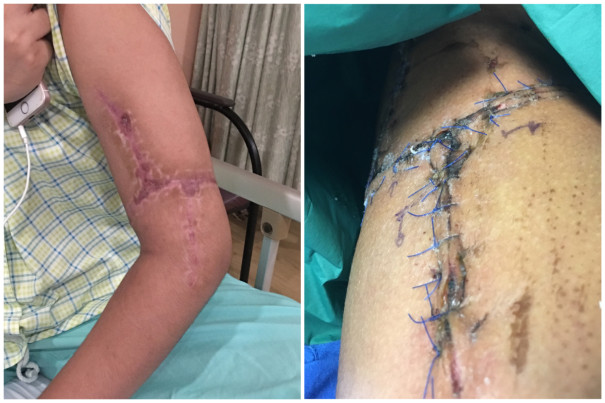
Even though her survival was a miracle, Ash’s recovery was no walk in the park. In fact, she could not walk at all. She was bedridden for two months after the incident.
“I woke up in intense pain and I couldn’t move side to side because I fractured my spine and a bit of my skull. I think I landed on my feet because my legs were very badly damaged. My arm was almost completely cut off. My forearm was hanging from the rest of my body. My humerus (thigh bone) was broken; I have three metal plates in there.”
She quipped darkly: “You know how in movies, when you see people falling from a high place and one of their legs gets bent a certain way? That’s how they found me.”
Ash had to have five surgeries to fix the damage to her body – two alone on her left leg. Every operation held the risk of paralysis.
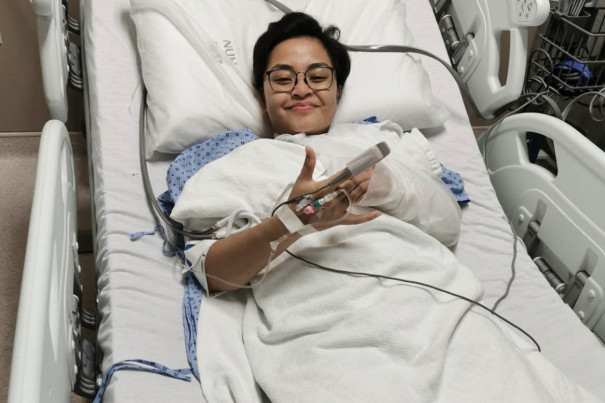
Said Ash: “I thought ‘I’m already bedridden, so what’s the worst that could happen?’ I had to just trust that it will be okay. The surgeries alone took about seven to eight months.”
That was just the beginning of the recovery process. Ash was in physiotherapy for a year after that.
“The first exercise I did was just trying to squeeze my quad muscles, and that alone was so painful I almost fainted. I don’t often cry but I teared up. I wouldn’t wish it on my worst enemy.”
Back to the beginning
Ash’s brush with death was not her first. Her struggle with mental health went back to the beginning of her teens.
At 13, Ash started having insomnia. She could not sleep and had trouble focusing in school. A doctor diagnosed her with Acute Stress Reaction. She recounted that at the time, she just saw it as a medical way of saying “you’re a stressed out kid”.
Fast forward to 18 years old, Ash was studying English Theatre in Nanyang Academy of Fine Arts (NAFA) when she felt like things around her were beginning to crumble.
She said: “I just felt super tired, couldn’t keep up with school, my home situation wasn’t very supportive, and I was in a toxic relationship.”
Other stories you might like

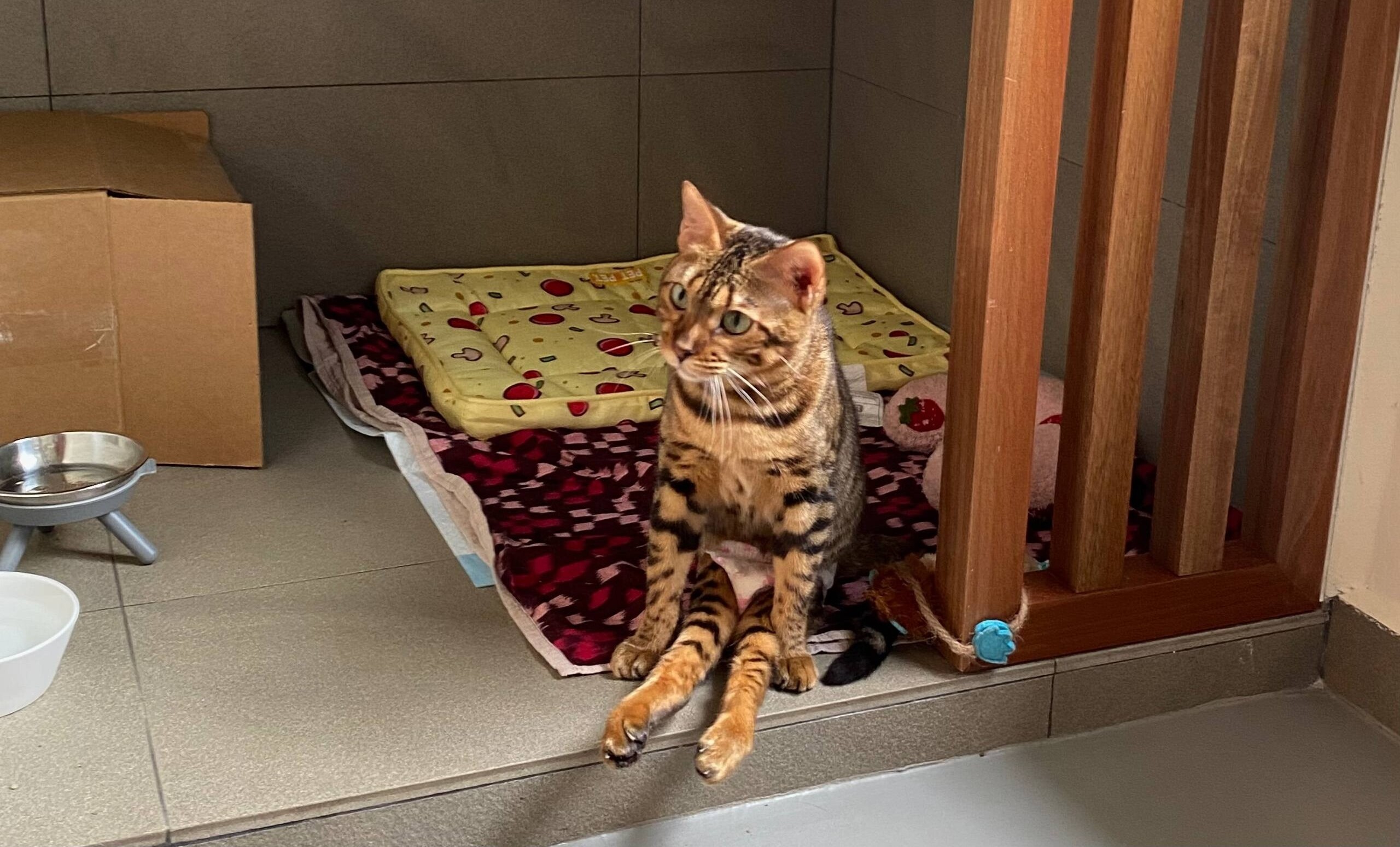
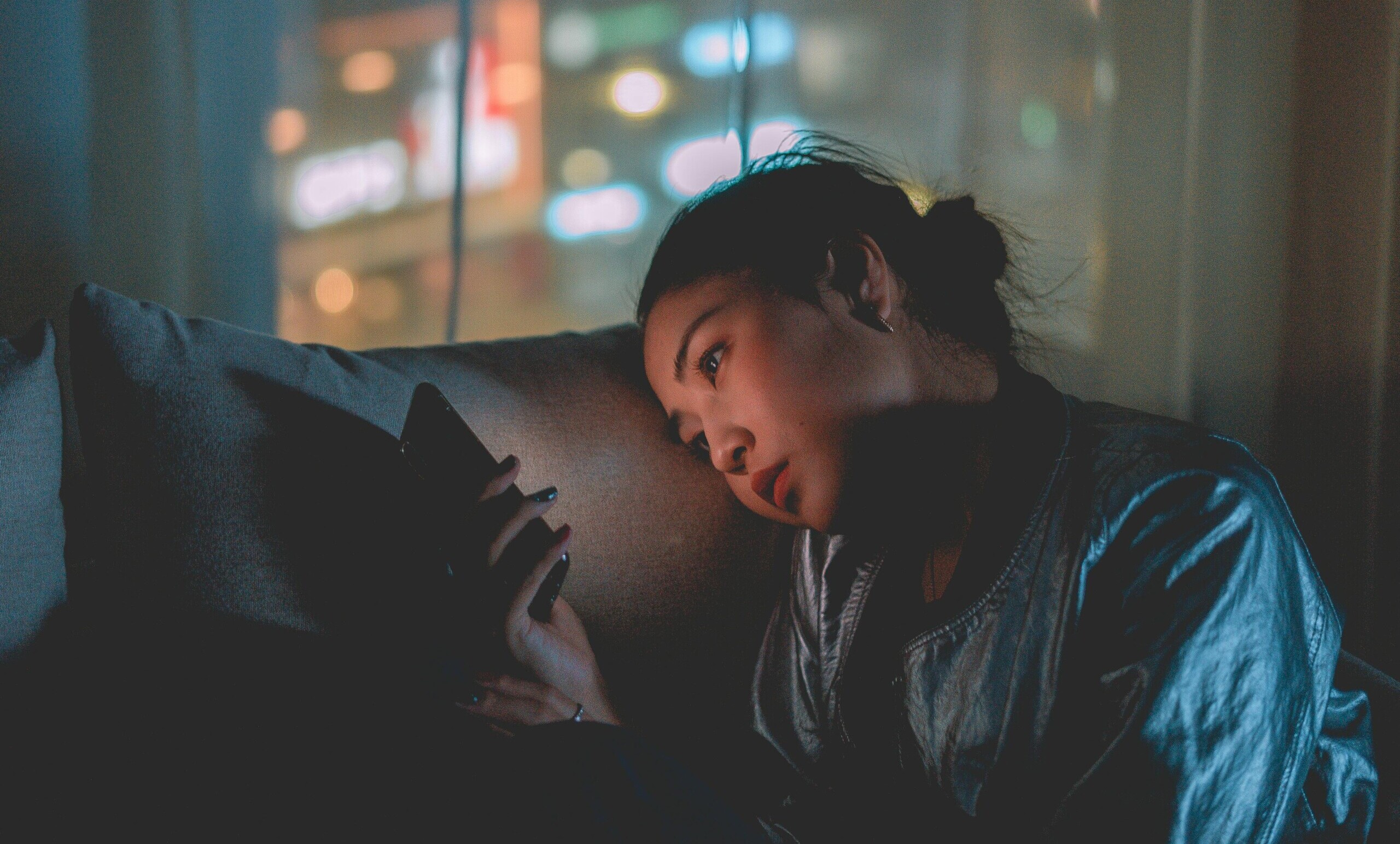
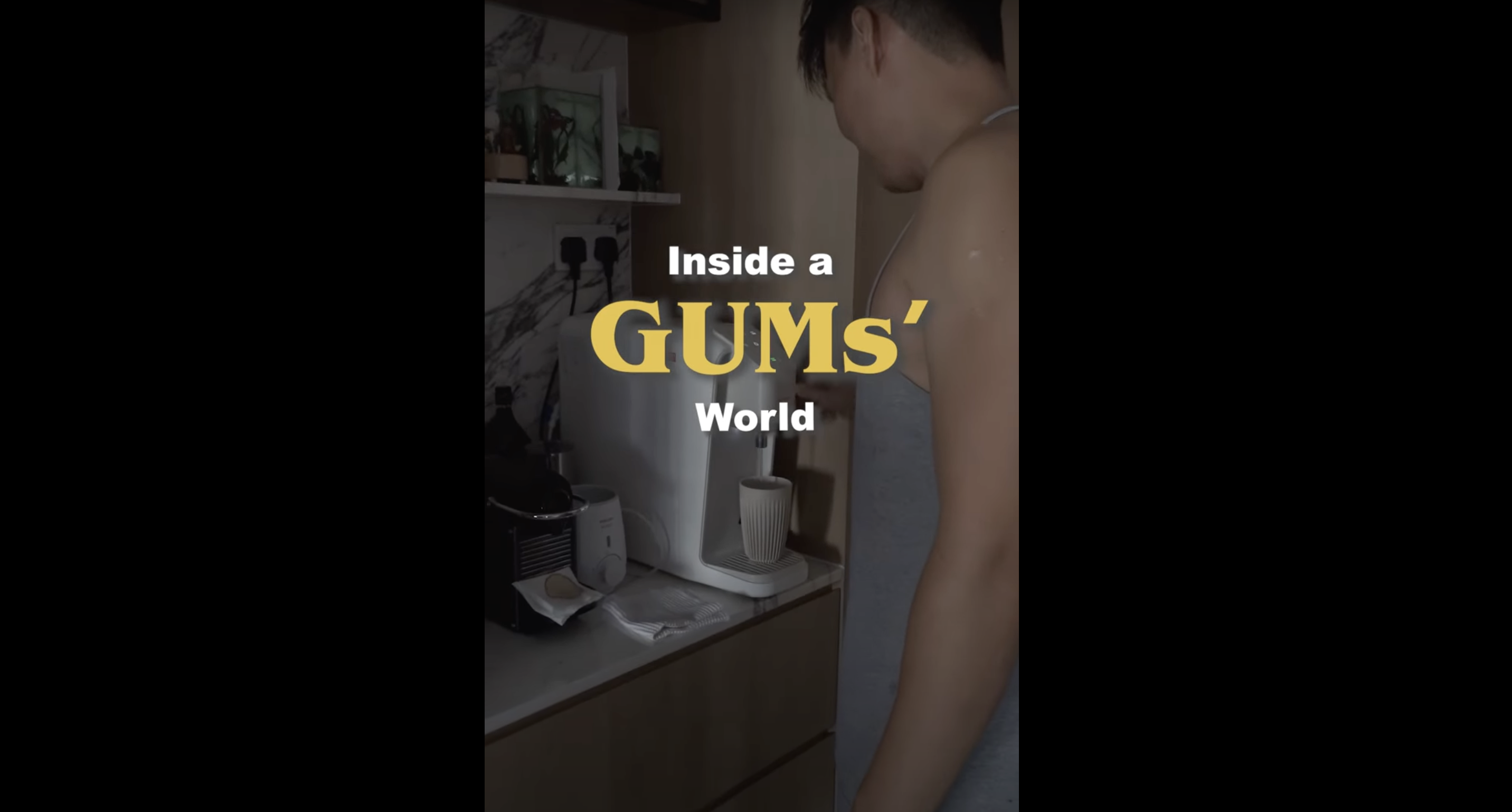
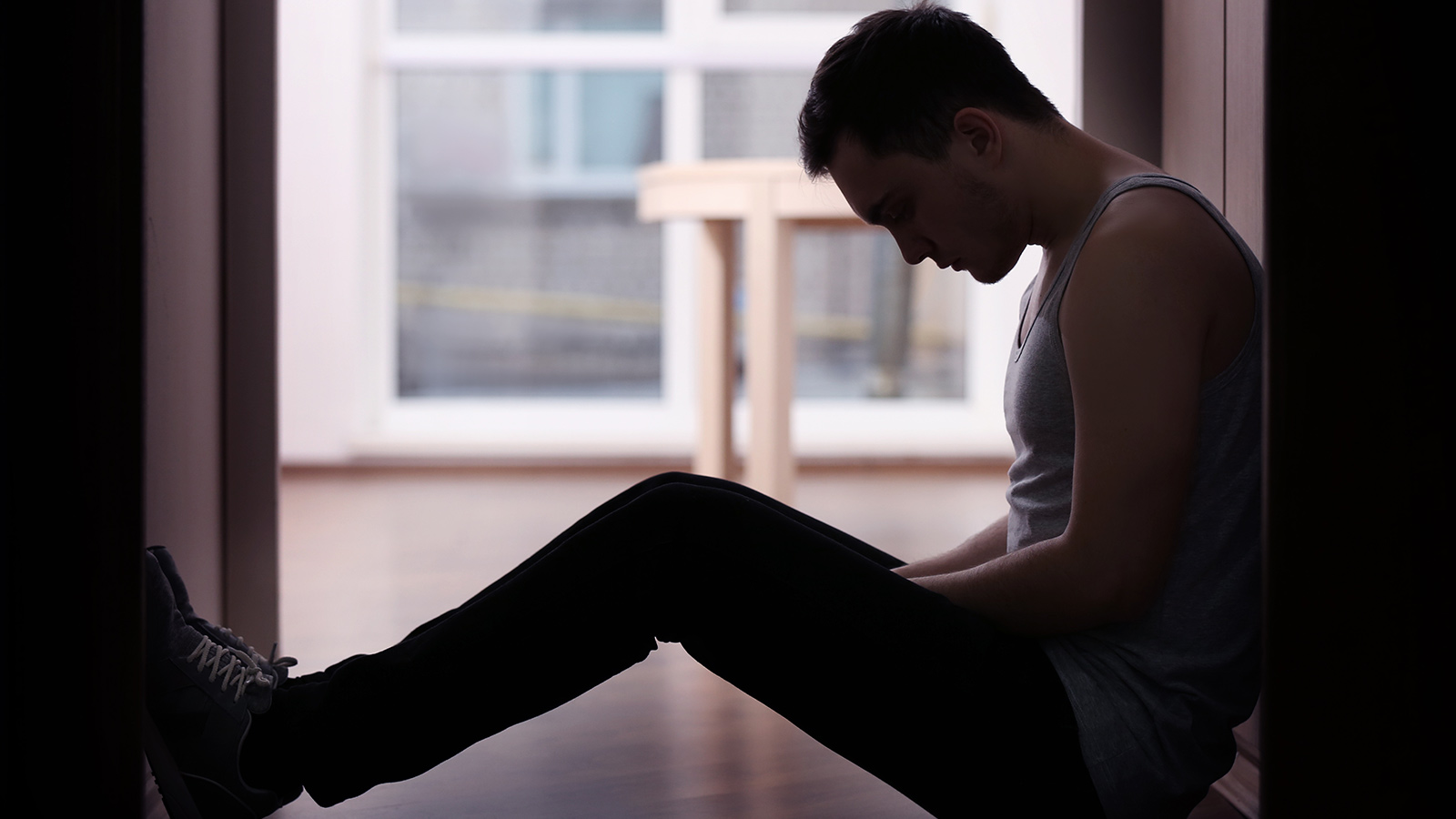
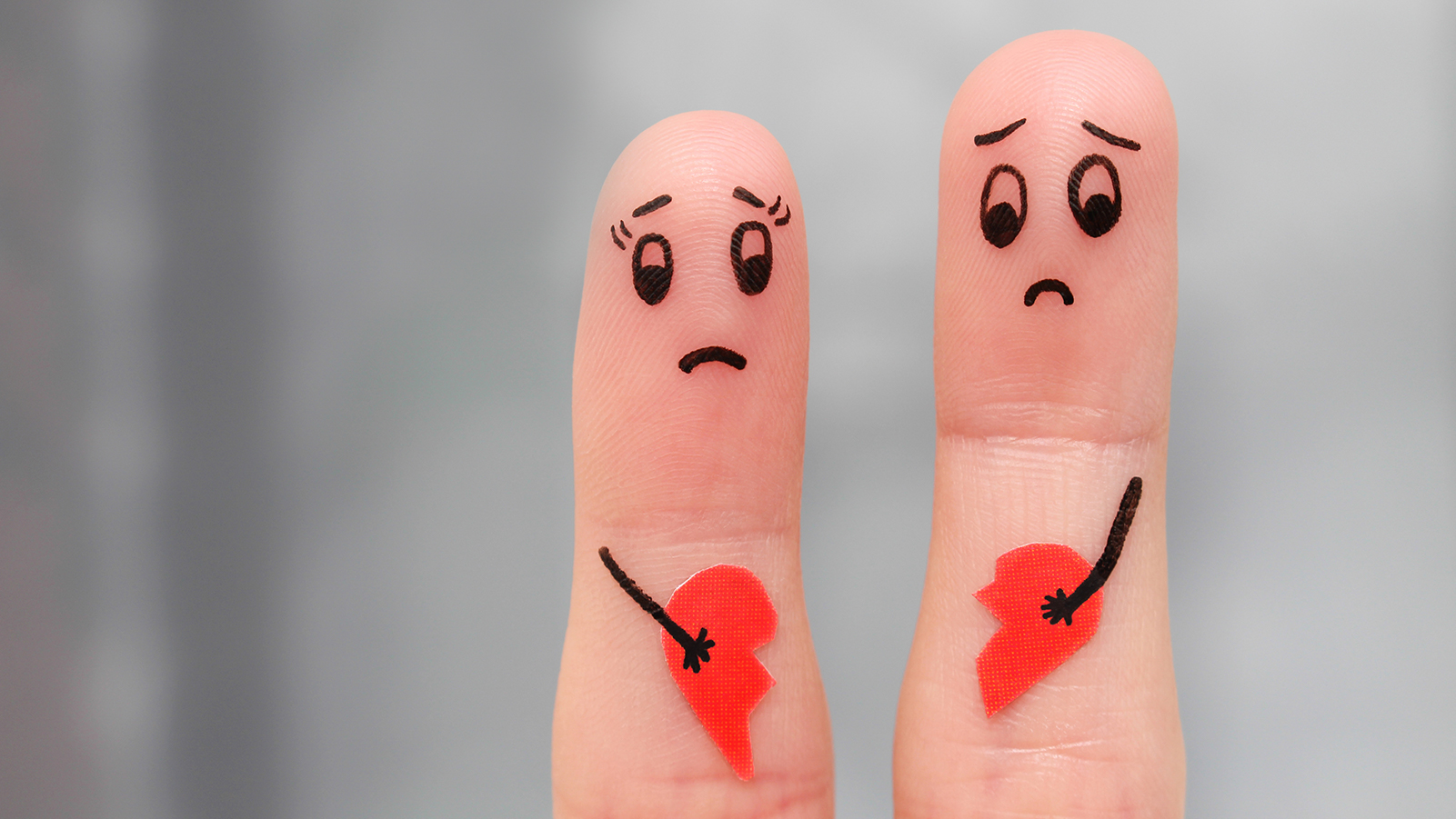
Her parents were at work so she didn’t have anyone to talk to about her feelings. And Ash admitted that she wasn’t emotionally aware at the time.
“I didn’t know what to do when I was sad. That made me suppress a lot of things and when you suppress, things build up.”
She decided to seek help for the anxious and depressive feelings she was having.
In 2018, Ash attempted suicide by overdosing on pills. At the time, suicide attempts were illegal in Singapore (suicide was decriminalised in 2020), and Ash was warned that further attempts would land her in prison.
A year later, her best friend committed suicide.
“I felt very guilty because three days before she died, she asked me to meet with her. I had a fever that day so I couldn’t.”
Two weeks later, Ash found herself on the 16th storey of her residence.
Survivor’s guilt and a turning point
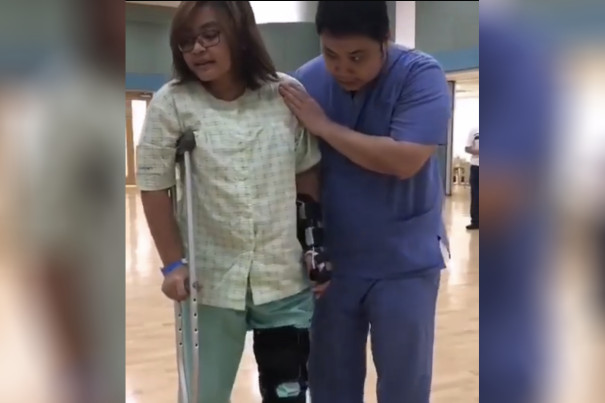
While “lucky” and “miraculous” are common words to describe what happened to Ash, on that list is another hidden word — “guilt”.
She said: “I survived an impossible event. (After that), many people came up to me, with my surgeries and all, telling me that ‘their son died jumping off an eight storey building’, or ‘I have a friend who jumped off a nine storey building and is paralysed’…”
“Sometimes I feel guilty, and I don’t know what to do with it so I just avoid (these conversations). It’s not that I don’t care, and I know the pain that you guys feel, but I avoid it. I got to be lucky when some people didn’t, and I feel privileged for that.”
In the depths of her pain, Ash was determined to persevere, and change her life for the better. She realised that she was her own worst enemy, and had to learn to be kind to herself.

“I felt like I was my own enemy. The first person to criticise me was me. When I was sad, I would tell myself I was being weak.”
“Now, I just take my time with my emotions. If I feel upset, I try to do something nice for myself. ‘What do you need?’ I would ask myself. ‘Do you need to go out, and see friends? Do you need some time alone?’ I treated myself as a friend.”
“It takes conscious effort. Kindness for me is catching that negativity and making the conscious decision to be nice to yourself.”
Of course, rising up from literally being down in the dumps is no easy feat, but a renewed appreciation for life got her through.
View this post on Instagram
Recalled Ash with a smile: “Aside from my physiotherapist, I had this ‘crazy’ doctor. He’s called Dr Raymond but he didn’t even let me call him doctor! He would talk to me about all sorts of rubbish casually. Once, he encouraged me to become a Zumba instructor and I just said skeptically, ‘okayyyy’.”
“So he started training me to be a Zumba instructor! He asked me what I liked to do and I told him that I liked to dance so he said, ‘let’s help you be a Zumba instructor!’”
Later, when she went back for a check-up, she told Dr Raymond that she didn’t want to be a Zumba instructor any more.
“I told him, ‘I got hired as a personal trainer in a body-building gym instead. He went ‘ohhhh. Good!’”
Life threatening to life changing
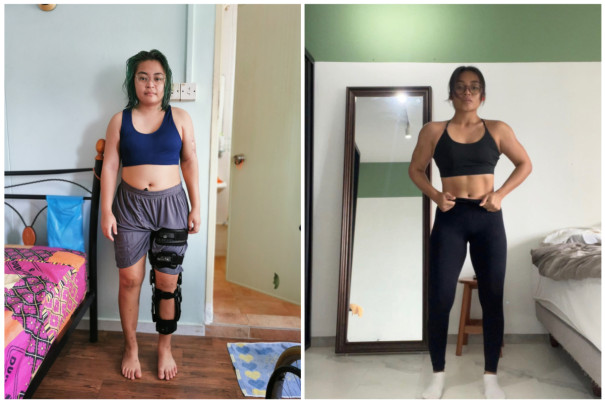
Ash still marvels at what has happened in the past three years.
“I survived a 16-storey fall… I can walk. I’m healthy. Healthier than most.”
“When someone goes through a very traumatic event, they question life and everything that comes with it. I always thought other people were the ones hurting me but the person hurting me the most is myself.”
Other stories you might like




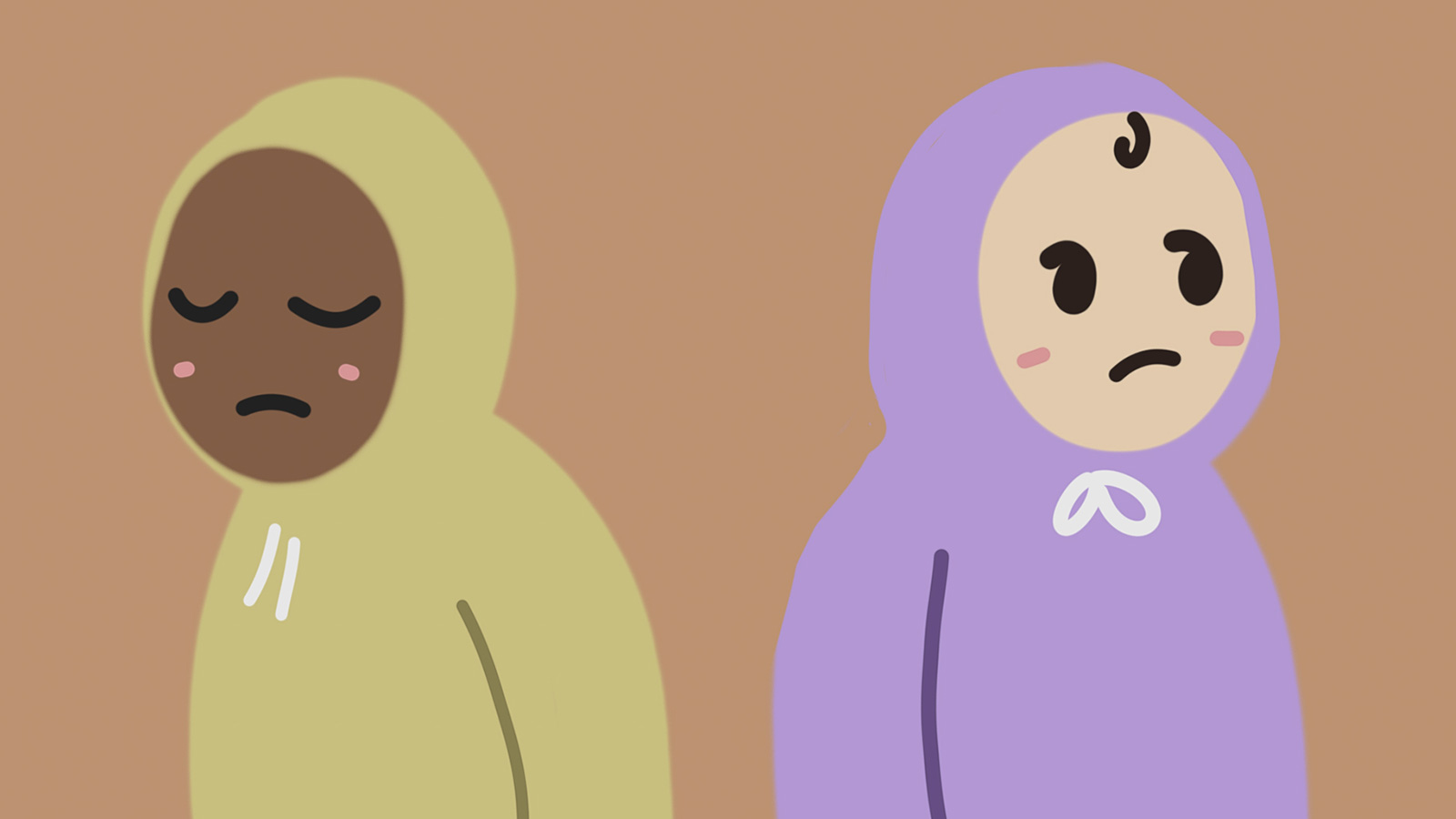

Today, Ash is a fitness instructor, with an ambition to become a physiotherapist herself.
“I’m very inspired by the resilience of people. No matter the odds, people overcome it in their own way. And I feel like that’s such a rebellious move. I see some of that in myself too.”
“I realised that I just need to take (life) one day at a time. At that time, it didn’t feel like it was a very big change, but every day I try to be 1% better.”
Helplines:
If you are feeling distressed, or know someone who is feeling suicidal, get help immediately. Talk to somebody. Here are some helplines:
National Care Hotline: 1800 202 6868 (8am-8pm daily)
Samaritans of Singapore: 1-767
Institute of Mental Health: 6389 2222
Silver Ribbon Singapore: 6386 1928, 6509 0271, 6385 3714 (Mon – Fri: 9am – 5pm, excluding Public Holidays)
Tinkle Friends (for children): 1800 2744 788 (Mon – Fri: 2.30pm to 5.00pm)
TOUCHline (Counselling): 1800 377 2252
If you like what you read, follow us on Twitter and Google News to get the latest updates.
